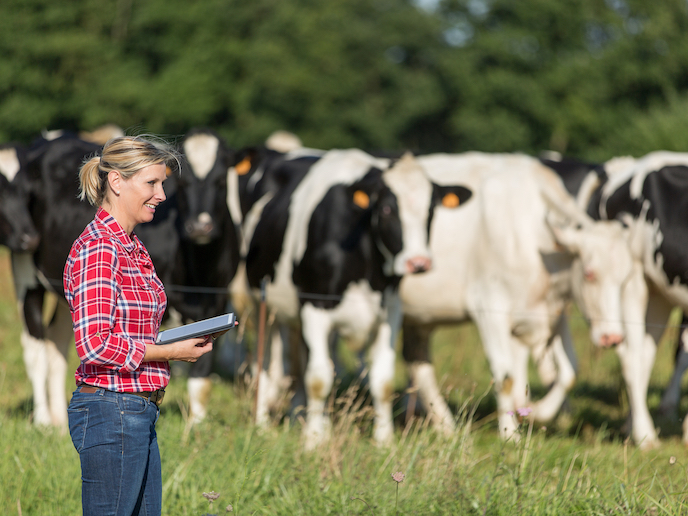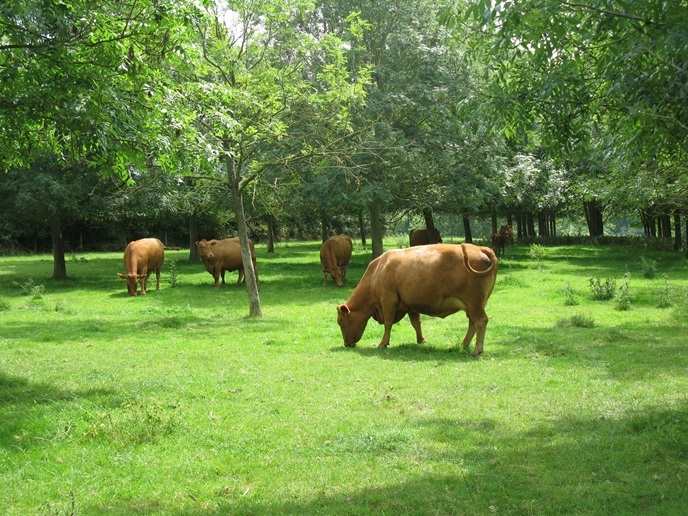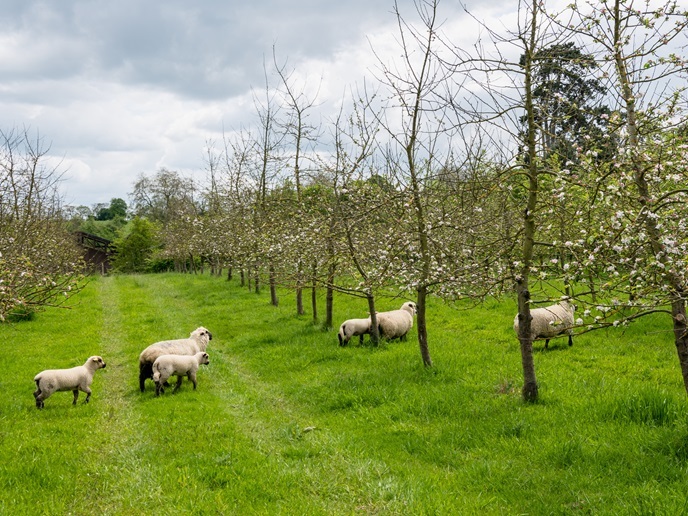Target cattle emission hotspots to cut greenhouse gases
Nitrogen-based fertilisers are vital to modern food production, helping to achieve healthy grass for livestock feed and directly supporting crop growth. A key problem however is that nitrogen(opens in new window) is often applied in excess of what crops actually require. This can cause environmental issues, such as the release of ammonia(opens in new window), an air pollutant, and the leaching of nitrogen from the soil into aquatic environments. This can lead to thick algae growth on the surface of water. “Another environmental issue is the release of the powerful greenhouse gas, nitrous oxide(opens in new window) (N2O),” notes Karina Marsden, a teaching and research lecturer in Soil Science at Bangor University(opens in new window) in the United Kingdom. “During grazing, livestock will consume nitrogen in their feed – around 90 % of nitrogen is then excreted back onto the pasture. This nitrogen is concentrated in urine patches, far in excess of what plants need. This excess nitrogen can be released into the atmosphere as N2O.” Countries around the world are setting ambitious targets to reduce their overall greenhouse gas emissions, and it is clear that the agricultural sector will need to play its part. Reducing N2O emissions derived from fertilisers and livestock excrement could be critical in this endeavour.
Identifying emission hotspots
The Target-N2O(opens in new window) project, which was undertaken with the support of the Marie Skłodowska-Curie Actions(opens in new window) programme, sought to address this issue. Marsden, who was the Marie Skłodowska-Curie fellow on the project, noted that cows tend to congregate in specific areas such as gateways, water troughs and paths. She wanted to see how N2O emissions from these areas compared to pasture lands, and to trial possible targeted actions to reduce these emissions. “We worked on two different dairy farms in Australia and one in the United Kingdom,” says Marsden. “Cattle urine samples deposited to different areas of the farm were tested, to quantify N2O emissions, while assessing the physical, chemical and biological characteristics of the soil.” Microbial communities were also analysed, to see how they respond to urine being deposited on the soil. Marsden then applied farm simulation modelling, to get a better picture of concentrated N2O emissions emanating from certain parts of the farm. “To know where to focus mitigation actions, it is important to be able to estimate emission sources as accurately as possible,” adds Marsden.
Informing mitigation strategies
Using this knowledge, Marsden next sought to test the efficacy of a soil additive – a nitrification inhibitor – to see whether applying this to certain farm areas might help to reduce emissions. “In field trials, I was able to show that when nitrification inhibitors are applied to urine in a gateway area, they are actually not as effective as when applied to the standard pasture,” she says. “To target these emission hotspot areas therefore, we need to think about adjusting nitrogen inhibitor concentrations, or find other solutions. This is something I hope to follow up in future research.” Marsden is already thinking about alternative emission mitigation scenarios on farms. These could include virtual fences to keep animals off identified emission hotspot areas. The positioning of feed and water troughs could be moved. Farms might also think about having more than one gateway, so that the soil and vegetation in areas of congregation can recover quicker from damage. “I hope this project has contributed to more accurately quantifying N2O emissions from grazing systems,” concludes Marsden. “This will help to steer mitigation options that have the best possible emission reductions on farms.”







